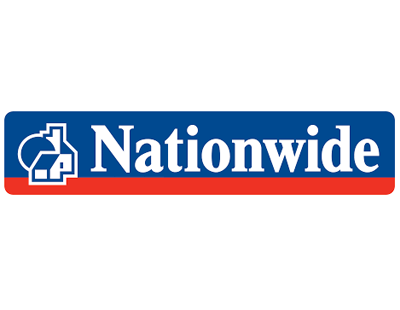The argument of migration and what it does,
or doesn't do, for the country’s economic wellbeing is something that has been
hotly contested over the last few years. In my article today, I want to talk
about what it has done for the Southampton Property market.
Before we look at Southampton though, let
us look at some interesting figures for the country as a whole. Between 2001
and 2011, 971,144 EU citizens came to the UK to live and of those, 171,164 of
them (17.68%) have bought their own home. It might surprise people that only
5.07% of EU migrants managed to secure a council house. However, 676,091
(69.62%) of them went into the private rental sector. This increase in population from the EU has,
no doubt, added great stress to the UK housing market.
Looking at the figures, the housing market as
a whole is undoubtedly affected by migration but it has been the private rented
housing sector, especially in those areas where migrants come together, that is
affected the most. Indeed, I have seen
that many EU migrants often compete for such housing not with UK tenants but
with other EU migrants. In 2001, 3.68 million rented a property from a landlord
in the UK. Ten years later in 2011,
whilst EU migration added an additional 676,091 people renting a property from
a landlord, there were actually an additional 4.14 million people who became
tenants and were not EU migrants, but predominately British!
As a landlord, it is really important to
gauge the potential demand for your rental property, especially if you are a
landlord who buys property in areas popular with the Eastern European EU
migrants. To gauge the level of EU
migration (and thus demand), one of the best ways to calculate the growth of
migrants is to calculate the number of people who ask for a National Insurance
number (which EU members are able to obtain).
In Southampton and surrounding towns such
as Chandler’s Ford, migration has risen over the last few years. For example,
in 2009 there were 3,301 migrant national Insurance cards (NIC) issued and the
year after in 2010, 3,691 NIC cards were issued. However, in 2014, this had
increased to 4,797 NIC’s. However, if the pattern of other migrations since WW2
continues, over time there will be an increasing demand for owner occupied
property, which may affect the market in certain areas of high migrant
concentration. On the other hand, over time some households move into the
larger housing market, reducing concentrations and pressures.
In essence, migration has affected the Southampton
property market; it couldn’t fail to because of the additional 40,636 working
age migrants that have moved into the Southampton area since 2005. However, it
has not been the main influence on the market. Property values in Southampton
today are only 5.5% higher than they were in 2005. According to the Office of
National Statistics, rents for tenants in the South East have only grown on
average by 0.95% a year since 2005 .... I would say if it wasn't for the
migrants, we would be in a far worse position when it came to the Southampton
property market. This was backed up by the then Home Secretary Theresa May back
in 2012 - more than a third of all new housing demand in Britain is caused by
inward migration and there is evidence that without the demand caused by such
immigration, house prices would be 10% lower over a 20 year period!



